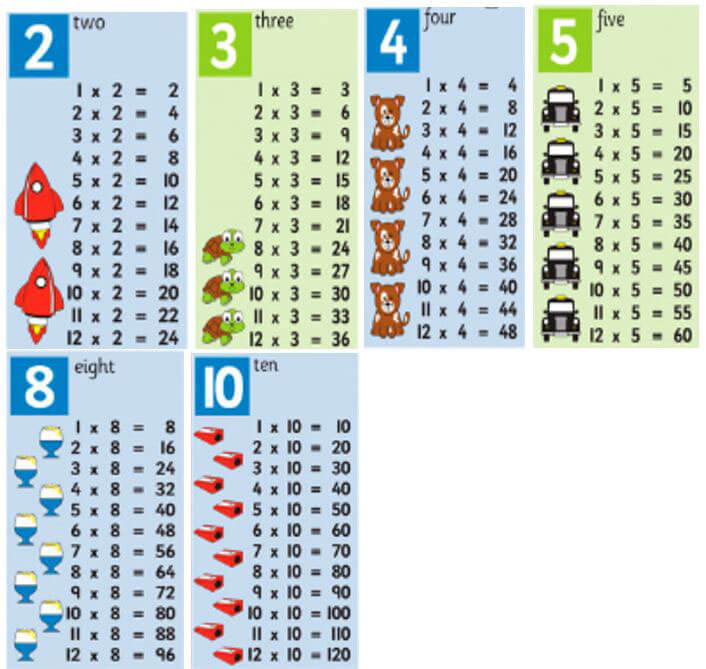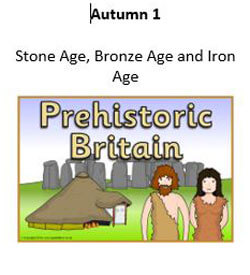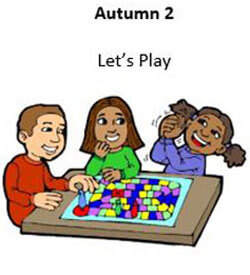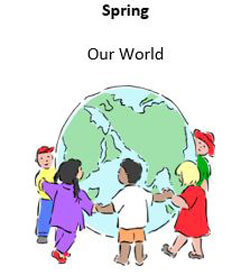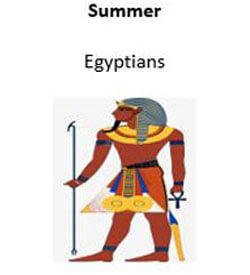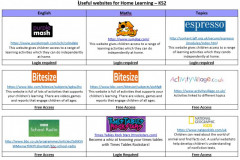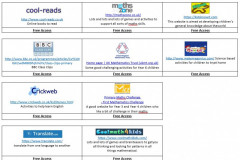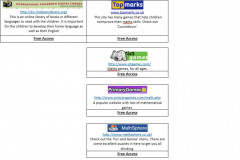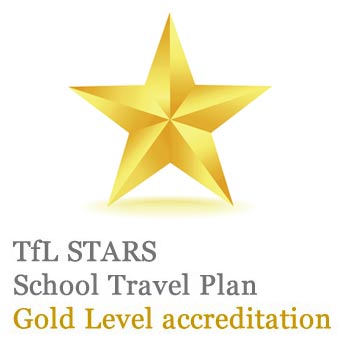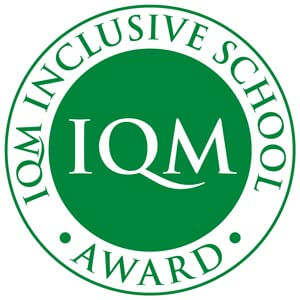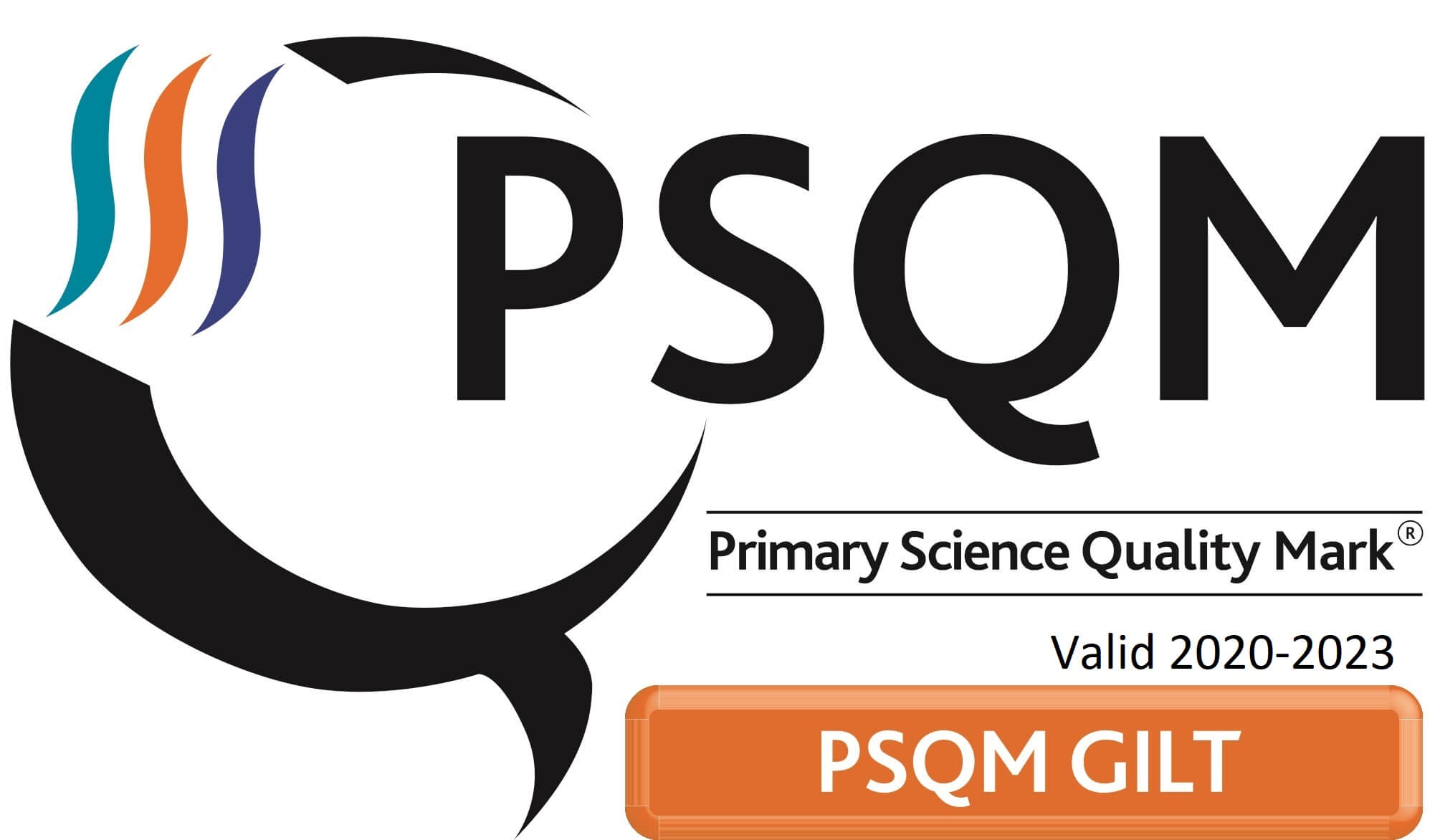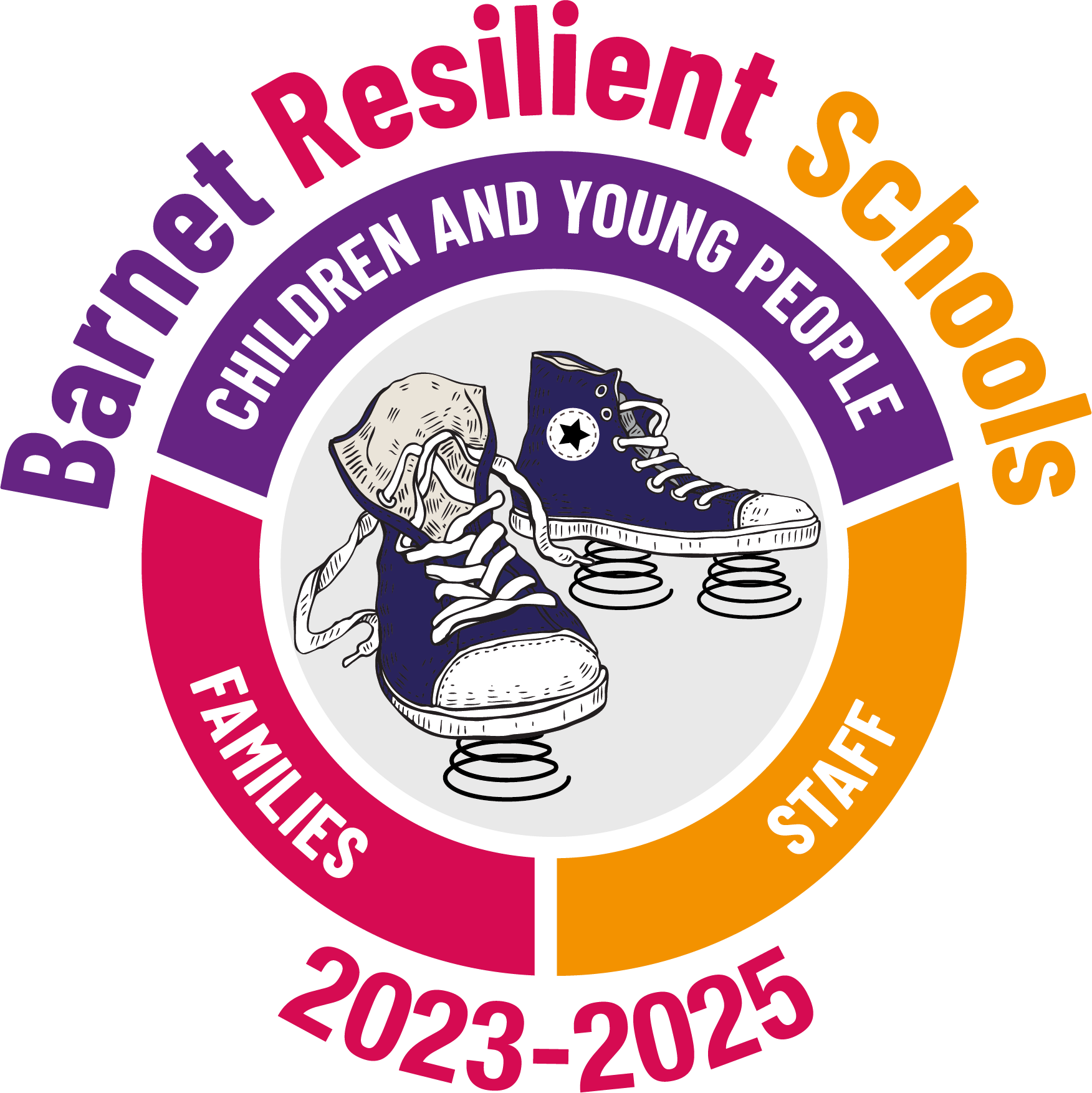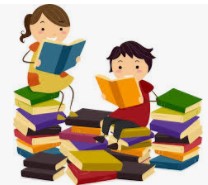 Reading at home in Year 3
Reading at home in Year 3
It is very important for your child to develop as a good reader, and your help at home is a vital part of this. Through reading, children develop understanding of how language works and are introduced to a wide range of vocabulary. This helps them not only develop their reading and comprehension skills, but also with their speaking and writing.
Please encourage your child to read regularly, everyday if possible, for about 15 – 20 minutes. Many children of this age will still need your support as they read, to help them with unfamiliar words and ideas. They will also enjoy your attention and the opportunity to talk with you about the contents of the book.
If your child needs help with any words, encourage them to use strategies they have been taught, such as putting the letter sounds together or checking whether the word makes sense in the sentence.
Please TALK to your child during or after reading about what they have read to make sure they understand. You could ask them to:
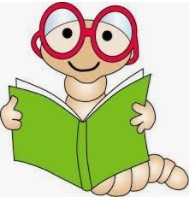 Re-tell the story in their own words
Re-tell the story in their own words- Give their opinion of the book
- Write about their favourite character
- Explain what they have learnt from the book (e.g. give 5 facts)
Remember to PRAISE your child for their efforts
Brilliant Books to share at home:
Brilliant Books to Share with Your Year 3 Child and Questions You Can Ask
Bookmarks:
Examples of questions that you can ask your child before, during and at the end of the book
Strategies pupils can use to help work out words when reading
YEAR 3 – MULTIPLICATION TABLES
In Year 3, as part of the maths curriculum, children are taught the multiplication tables for 2, 3, 4, 5, 8 and 10. Through doubling, they connect the multiplication tables for 2, 4 and 8.
At school, children work with a range of materials to support their learning. They use multiplication tables and recall multiplication facts, including related division facts to perform written and mental calculations. They are expected to know that 4 x 8 = 8 x 4; that four eights are thirty-two; four multiplied by eight is thirty-two and four times eight is thirty-two.
It is helpful if children practice their multiplication tables at home and are able to work quickly with these facts. As well as testing their skills, you can play games and give them challenges. It is also helpful if you give them strategies to help memorise these facts and give them problems to solve by putting these facts into real life situations.
e.g. If there are 4 apples in each bag, how many bags of apples do we need to make 24 apples?
If each car has 4 wheels, how many wheels are there with 6 cars?
The teacher has 56 sweets, if she shares them equally between seven children, how many sweets will they get each?
How many different ways can you make 24 using your multiplication tables?
Please note that as well as learning the multiplication tables, children should learn to recognise the calculation even if they are given the answer and need to find the factors. This supports the fluency in their calculations. There are also many games online that support your children in learning their multiplication tables. Please refer to ‘Website Ideas’.
